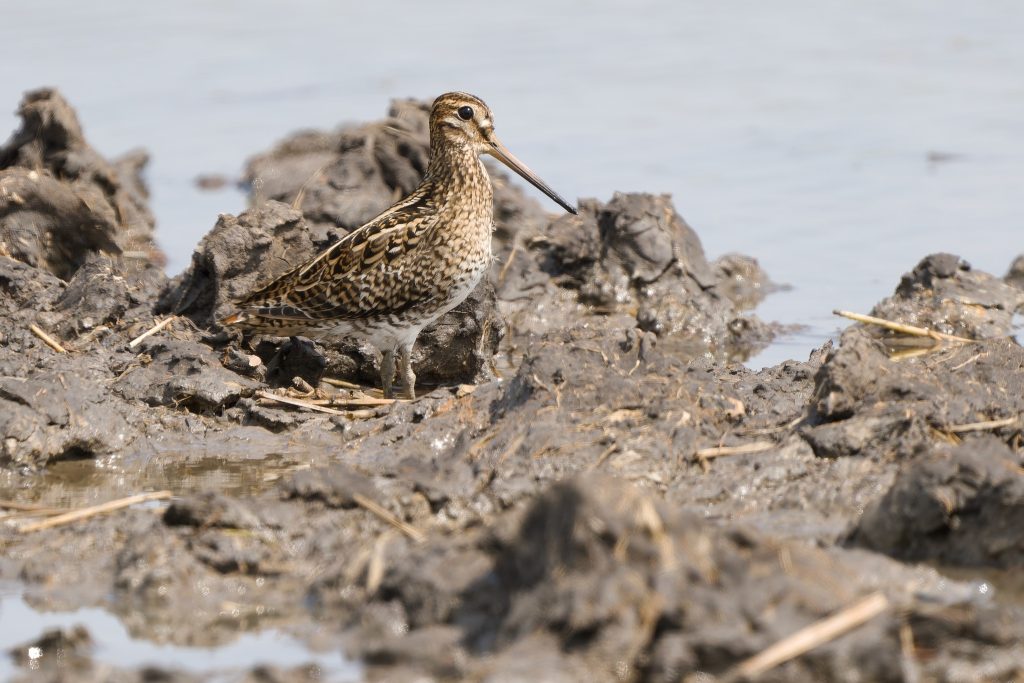Context:
Recently, numerous northern pintails and plovers were found dead in Pulicat Wetland.
About Northern Pintail:
- It is a species of migratory duck known for its long, slender neck, and pointed tail.
Description:
- Nickname: “The greyhound of the skies.”
- Medium-sized duck with a distinctive long, narrow tail.
- The male has a chocolate-brown head with a white stripe extending from the throat down the neck, while the rest of the body is gray.
- The female is mottled brown overall, with a more subdued coloration compared to the male.
Habitat:
- Breeds in northern regions of North America, Europe, and Asia.
- During migration, they can be found in a variety of wetland habitats, including marshes, ponds, lakes, and coastal areas.
Migration:
- Northern pintails undertake long-distance migrations, with some populations traveling thousands of miles between breeding and wintering grounds.
- Wintering grounds include parts of North America, Central America, northern South America, Europe, Africa, and Asia (India).
Behavior:
- Often found in mixed flocks with other duck species during migration and wintering.
- Feeds primarily by dabbling for plant matter, seeds, and small invertebrates in shallow water.
- During the breeding season, nests are built on the ground near water, typically concealed among vegetation.
Conservation:
- IUCN Status: Least Concern.
- Threats include habitat loss, degradation, and hunting, but populations remain relatively stable overall.
Cultural Significance:
- Northern pintails are popular among birdwatchers and hunters for their striking appearance and challenging behavior.
- Considered a symbol of wetland conservation efforts due to their reliance on healthy wetland habitats.
About Plovers Birds:
Characteristics:
- Plovers are aquatic birds known for their wading behavior (in which an animal walks while partially submerged in water). They inhabit various regions globally, excluding Antarctica. Belonging to the subfamily Charadriinae, they are primarily waterfowl.
Migration: Northern nesting plovers are migratory, undertaking seasonal journeys. Often seen traveling and foraging in groups or flocks during migration.

